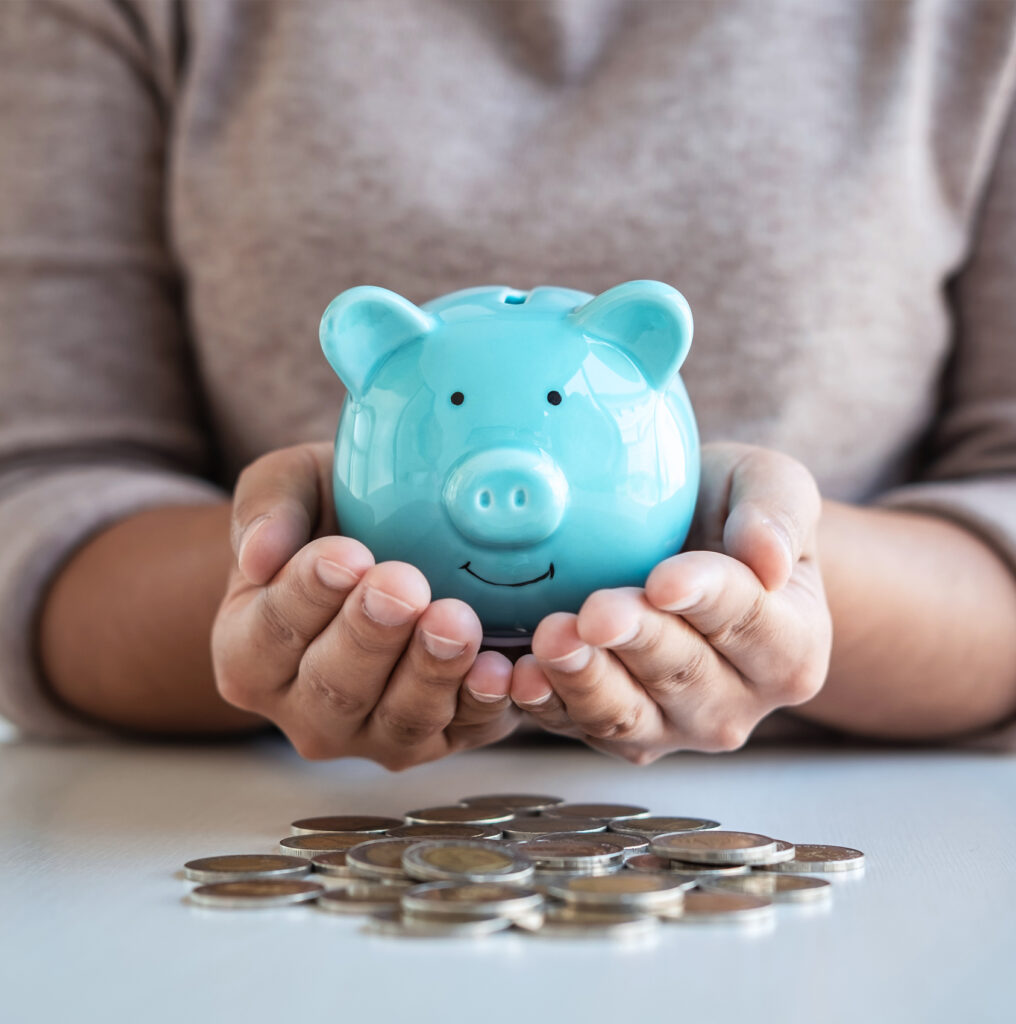Graphic Design and Web Development in Shelburne, Vermont.
Serving all of New England and beyond.
With over 10 years of experience in graphic design and web development, I have developed a keen sense of design and a deep understanding of what it takes to create effective design solutions. I pride myself on taking a collaborative approach to each project, working closely with clients to understand their unique needs and goals.
The key to successful design is communication, and I work tirelessly to ensure that my designs not only look great but also effectively communicate my client’s message to their target audience.
Why Blue Moon Design?

A small local company with big capabilities.
When you work with Blue Moon Design, you’re supporting a small local business and investing in your community.

Personalized, one-on-one services.
Blue Moon Design works with a smaller, select number of clients in order to provide more personalized and focused service. I’ll work with you on your project with the utmost attention and responsiveness.

Small business + Low overhead = Affordable rates
Blue Moon is a home-based business, meaning that there is little overhead. Those savings are passed along to you in the form of a lower, affordable rate.
Services Offered:
- Logo Design or Redesign
- Brand Development
- Icons
- Promotional Graphics
- Email Marketing Graphics
- Photo Retouching
- Business Cards, Letterheads and Envelopes
- Posters and Signage
- Brochures and Booklets
- Package Design
- Invitations
- Greeting Cards
- Website Design and Development
- Custom WordPress Themes
- Web Security
- Search Engine Optimizing
- Full Service Site Maintenance
- Hosting




